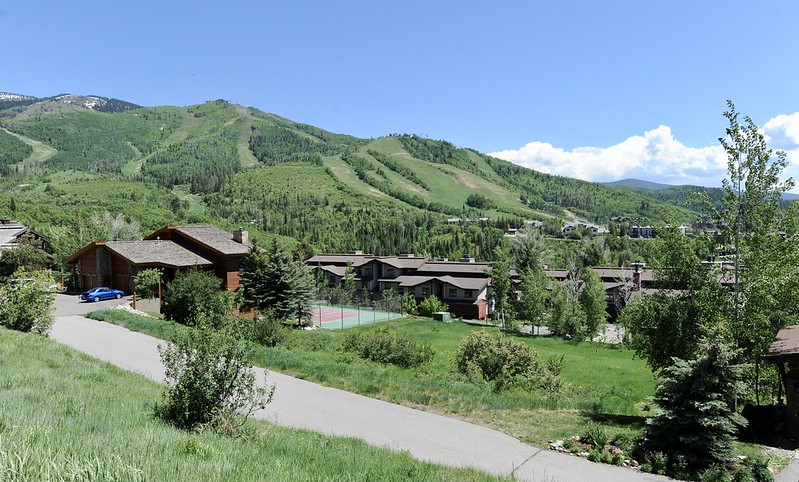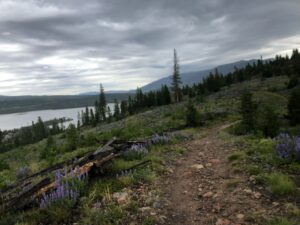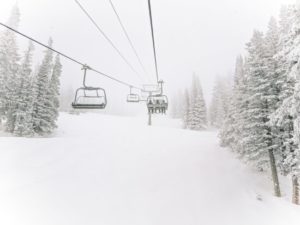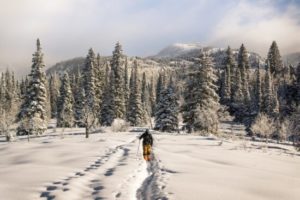Conservation and Sustainability in Steamboat Springs
Steamboat Springs, Colorado, is an extraordinary vacation destination for nature lovers. This charming mountain town offers endless immersive experiences in nature, rich ecological diversity, and remarkable wildlife. Abundant with majestic mountains, towering forests, sparkling lakes, the Yampa River, and other pockets of wildlife, Steamboat Springs is a haven for adventure seekers who like to live on the wild side.
The local community, businesses, and charities in Steamboat Springs are deeply committed to preserving this ecological diversity. Organizations such as Yampatika, founded in 1992, play a pivotal role in fostering environmental stewardship through education. Yampatika’s Environmental Learning Center at Legacy Ranch offers programs that engage individuals of all ages in sustainability practices, such as solar energy use, organic gardening, and energy efficiency. The Routt County Climate Action Plan aims to increase waste diversion and reduce landfill waste significantly by 2050, while the “Bag Free in the ‘Boat” initiative encourages residents and visitors to use reusable bags to reduce plastic waste.
Steamboat Ski Resort’s Full Steam Ahead project exemplifies local sustainability efforts with its state-of-the-art snowmaking technology and energy-efficient infrastructure, ensuring minimal environmental impact while enhancing the skiing experience.
Steamboat Springs boasts a diverse array of local animals, from majestic elk and bald eagles, to the elusive moose and beaver. However, the region is also home to a number of endangered species. Here at The Astrid, we are passionate about supporting the ongoing flourishing of this mountain town. That’s why we’ve created this guide, exploring 8 endangered animals found in Steamboat Springs: the humpback chub, bonytail, razorback sucker, Colorado pikeminnow, rosy finch, wolves, boreal toad, and Canada lynx.
Endangered Fish in Steamboat Springs
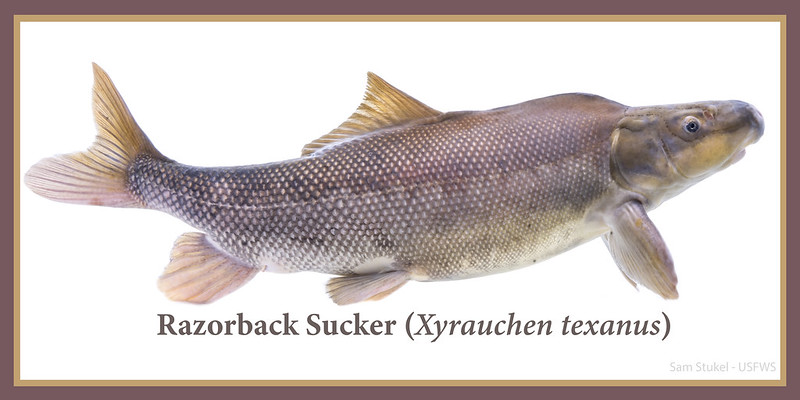
4 endangered fish call Steamboat Springs home: the humpback chub, bontytail, razorback sucker, and Colorado pikeminnow.
Active efforts to conserve these endangered fish species in local waters are being made through various management and community efforts. The Upper Colorado River Endangered Fish Recovery Program has focused on controlling the northern pike population in the Yampa River since 1999 to protect the humpback chub, bonytail, razorback sucker, and Colorado pikeminnow.
Northern pike pose a significant threat to endangered fish species in Colorado’s rivers and reservoirs for several reasons:
- Predatory Behavior: Pike are aggressive apex predators that feed on a wide variety of prey, including other fish. They have powerful jaws and sharp teeth, allowing them to capture and consume fish significantly smaller than themselves.
- Competition for Resources: Pike compete with native fish for food and habitat. Their presence can lead to decreased food availability and disrupt the balance of the aquatic ecosystem, putting additional stress on already vulnerable species.
- High Reproductive Rate: Pike have a high reproductive capacity, with a single female capable of producing tens of thousands of eggs each spawning season. This prolific breeding can lead to rapid population growth, making it challenging to control their numbers and mitigate their impact on native fish.
- Habitat Disruption: Pike can alter habitats by preying on key species that play a role in maintaining the ecological balance. For example, by consuming juvenile fish and other small aquatic organisms, pike disrupt the food chain and can lead to declines in the populations of species that are crucial for maintaining healthy aquatic environments.
These factors make northern pike particularly harmful to the survival of endangered fish species in Colorado, necessitating ongoing and intensive management efforts to control their populations and protect native fish habitats. Colorado Parks and Wildlife employs netting, electrofishing, and relocation tactics to manage these invasive pike fish.
Visitors to Steamboat Springs can support endangered fish conservation by practicing responsible fishing, respecting wildlife, and supporting eco-friendly tourism. These actions help protect aquatic habitats and ensure the long-term health of Steamboat’s ecosystems.
Endangered Rosy Finches in Steamboat Springs
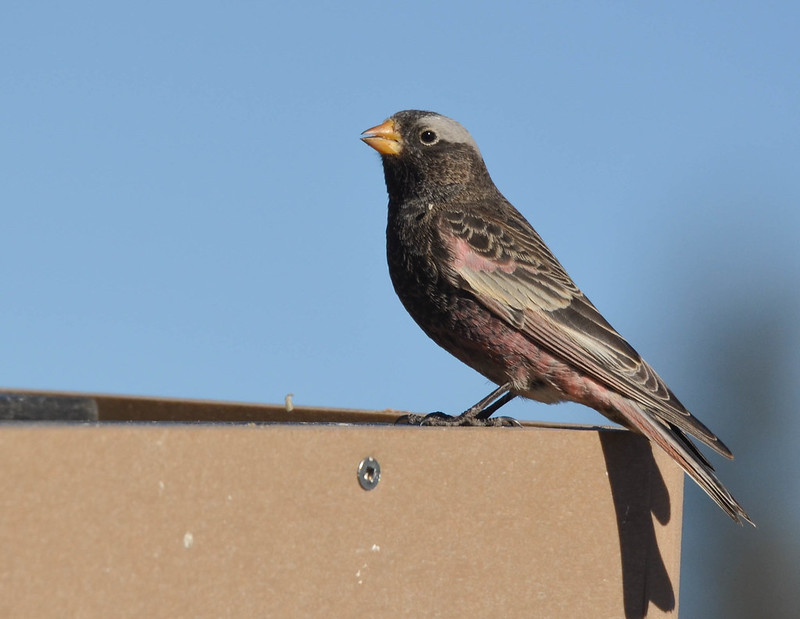
The black and brown-capped rosy finches, both endangered according to the International Union for Conservation of Nature (IUCN), are unique birds that inhabit the high elevations of Steamboat Springs. These finches are known for their distinctive colors and adaptability in harsh alpine environments. They nest in rocky, alpine cliffs but face increasing threats as climate change pushes the treeline higher, reducing their available nesting habitats.
In response to these challenges, local conservation efforts are underway to support these delicate species. Yampatika, in collaboration with the U.S. Forest Service and Steamboat Resort, has launched the Citizen Science After Dark program, engaging the community in monitoring and protecting local wildlife, including the rosy finches.
Additionally, conservationists encourage visitors to use platforms like iNaturalist to log sightings of rosy finches and other wildlife, helping to track their behavior and habitat use. These combined efforts aim to mitigate the impacts of climate change and preserve the ecological balance necessary for the survival of the rosy finches.
Endangered Wolves in Steamboat Springs
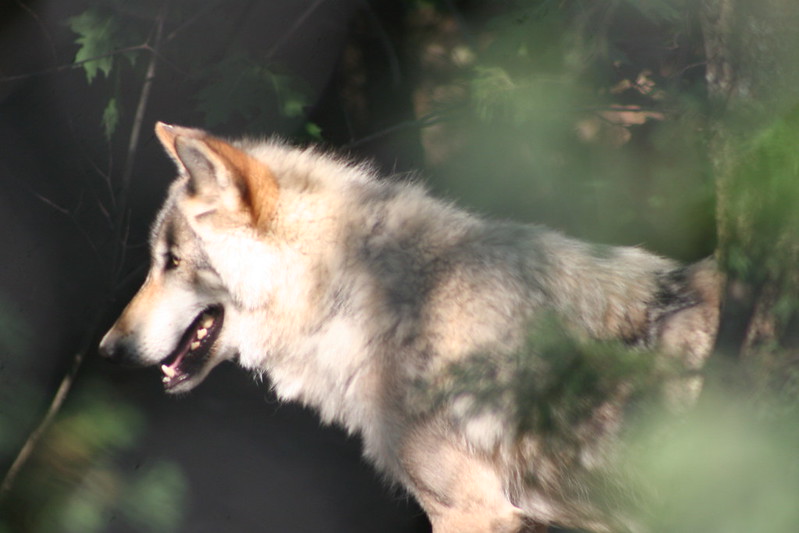
The gray wolves of Steamboat Springs, once extinct in Colorado since the 1940s, are making a significant comeback. Thanks to Proposition 114, which mandates the reintroduction of gray wolves, the state welcomed its first litter of wolf pups in 2021. These pups, born to collared wolves John and Jane, symbolize a crucial step in restoring the species to its natural habitat.
Conservation efforts are spearheaded by Colorado Parks & Wildlife (CPW), which is actively monitoring these wolves while ensuring minimal disturbance. The state has implemented strict protections for these animals, including substantial fines and legal penalties for harming or harassing them. CPW’s careful observation aims to ensure the pups’ survival, contributing to the recovery of a species once eradicated from Colorado.
Public awareness and support are vital. Visitors to Steamboat Springs can aid in conservation by respecting wildlife regulations and supporting local initiatives that promote the coexistence of wolves with Colorado’s diverse ecosystems. This collaborative effort is essential for the continued survival and thriving of these majestic creatures in their native environment.
Endangered Boreal Toads in Steamboat Springs
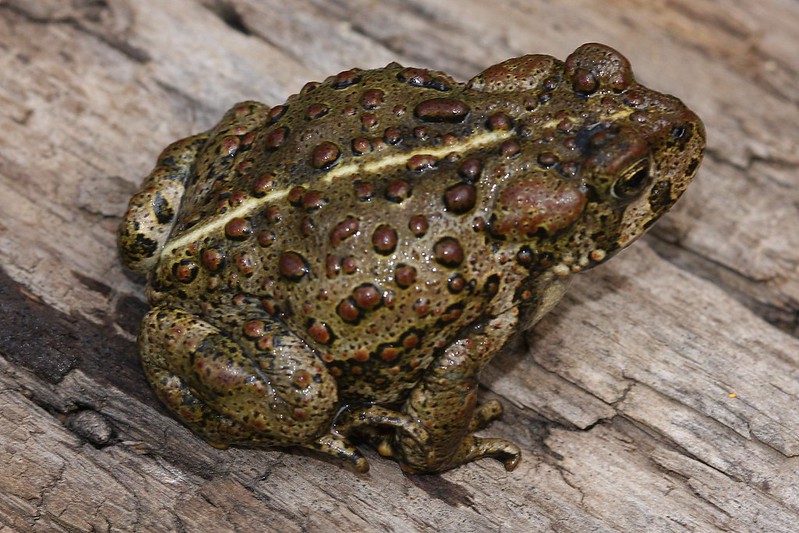
The boreal toad, native to high-altitude regions of the Rocky Mountains, is critically endangered due to habitat loss, climate change, and a deadly fungal disease called chytridiomycosis. Once common in slow-moving streams, ponds, and marshy meadows, these toads are now rare, with populations in severe decline. They are listed as endangered in Colorado and New Mexico and are a protected species in Wyoming.
Conservation efforts are intensifying to address this crisis. Programs like the Leaders in Environmental Action for the Future (LEAF) engage young citizens in monitoring these toads, providing vital data while fostering future conservation leaders. U.S. Forest Service biologists, such as Melissa Dressen, are actively surveying toads, focusing on disease-free sites and restoring habitats. Colorado Parks and Wildlife is also involved, carefully tracking toad populations and managing habitats to reduce the impact of chytrid.
Local conservation initiatives, including habitat restoration and disease management, are crucial for the survival of these toads. The broader conservation community continues to advocate for more extensive protections and recovery plans to secure the future of the boreal toad.
Endangered Canada Lynx in Steamboat Springs
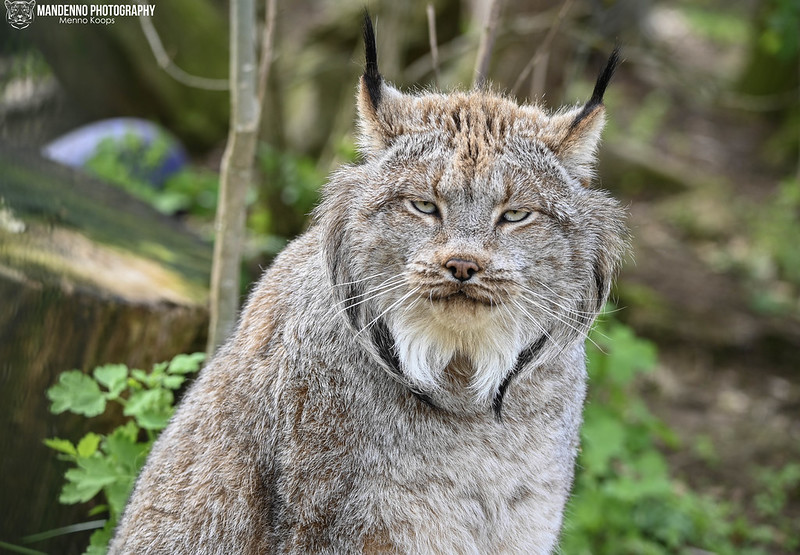
The Canada lynx, a rare and elusive snow cat, was reintroduced to Colorado in 1999 after being locally extinct since the 1970s. Once listed as “threatened” under the Endangered Species Act in 2000, the lynx relies heavily on snowshoe hares for survival. Lynx do not have many predators in Colorado, but climate change and habitat loss threaten their future.
Only 100 to 200 lynx remain in Colorado from the original reintroduction population. Although local conservation efforts have expanded their habitat and improved forest management practices, critics argue the species’ precarious status is being overlooked in certain regions. The debate continues, with many calling for continued protections to ensure the lynx’s long-term survival and resilience against environmental pressures. If you’re lucky enough to see a lynx in the wild, be sure to fill out the Colorado Parks and Wildlife’s lynx sighting form online.
A Vacation Home Community Passionate About Steamboat’s Wildlife
The local community’s conservation efforts in Steamboat Springs are truly inspiring. From the dedicated reintroduction of wolves, to innovative habitat restoration for rare species, the community’s commitment to preserving its rich ecological diversity is exemplary. Initiatives like Yampatika’s educational programs and targeted species protection reflect a profound dedication to sustainability and environmental stewardship.
Here at The Astrid, we understand that visitors to Steamboat Springs are interested in contributing towards this culture of conservation and sustainability. We’re excited to participate in local eco-friendly initiatives, and feel a great sense of responsibility for our mountainside home and the wildlife that we share it with.
That’s why we’re building a vacation home community with a difference. Our exceptionally high standard of living extends beyond our front door, out to the surrounding environment and local community.
Here are some of the ways we’re prioritizing our environmental responsibility:
- Energy efficient lighting and environmental control systems with Crestron Technology.
- Electric snowmelt systems in line with local sustainability requirements.
- Interior furnishings sourced from a group of mostly female artisans who are paid fair, livable wages with Etho Interiors.
- Meeting the 2021 International Energy Conservation Code.
- Electric car charging stations.
- Triple pane windows to reduce draughts, improve ventilation, increase energy efficiency, and reduce carbon emissions.
- Adhering to National Green Building Standards and striving for excellence in energy, water, and resource efficiency, as well as lot development, operation and maintenance, and indoor environmental quality.
If you want to support Steamboat’s local wildlife and environment, whilst enjoying a luxurious vacation with your family, The Astrid is the perfect place to start. We invite you to join our exclusive mailing list, to discover more about our sustainable pursuits.
To join our community, simply provide us with your name and email address. By doing so, you’ll be invited to join our exclusive mailing list. As part of this list you’ll gain access to insider information, behind-the-scenes content, and a highly personalized email experience reserved only for members of The Astrid community.

